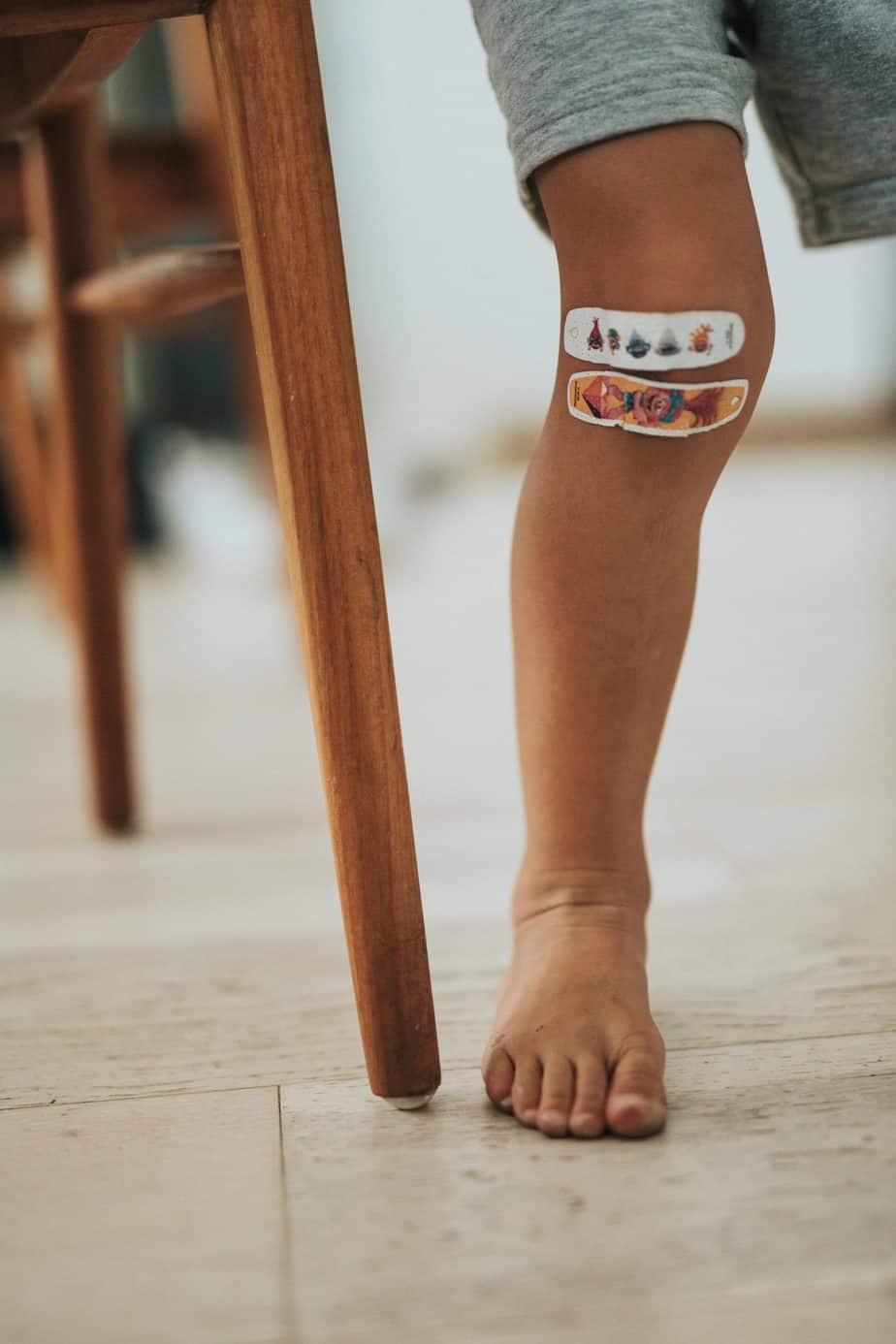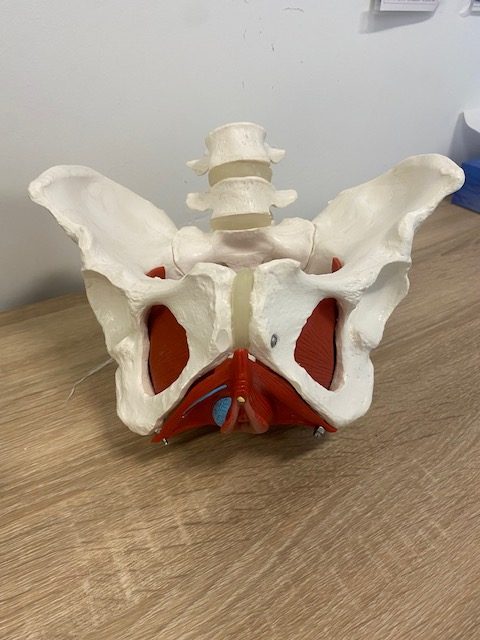Tips after an Acute Injury

Beyond the RICE concept, many aren’t sure what else helps after an acute injury.
RICE?
For those that don’t know, stands for
- REST
- ICE: Ice until the area feels numb, not more than 20 mins at a time and leave one hour in between ice sessions to allow the tissues to return to a normal temperature. Ice massage for 5-10 mins is also an option. For those with pelvic floor/vaginal pain fill a large glove with water. Tie the glove at the top. Freeze it and you’ve just made 5 ice packs in a cone shape which may work better than just placing an ice pack on the pelvic floor. Use these the same way as in ice massage moving the cones and not just leaving the ice directly on the tissue. Direct application of ice onto the skin or tissues may cause an ice burn.
- COMPRESSION: Gently wrap the area to keep pressure on the injury and reduce the extent of swelling.
- ELEVATION: Elevate and use gravity to help drain the swelling away from the injury to reduce pressure and sensitivity on the region. Proper positioning can support healing and help to maintain pain free movement.
Take a Time Out
After you’ve gotten over the initial shock of the injury, take some time to reassess what really happened. This may seem silly but pain experienced is heavily based on the emotional response that accompanies it. The brain decides just how much (if any at all) pain you really feel. Military persons who are severely injured in war may feel nothing at all until they are immediately out of the life threatening environment.
The brain’s immediate reaction is to protect you and keep you safe. Your brain stores all memories of the injury and will protect you going forwards, sometimes a little too much. For some this means over reacting to any threat to the body no matter how small. For example, a person injures their ankle when playing soccer with friends. The person ends up in a cast and crutches for a few weeks. Years later after the area has healed, they roll their ankle or take a misstep in a pair of high heels. The pain they feel could be anything from them believing they broke their ankle again to understanding it’s just a minor strain to tissue around the ankle depending on their emotional response.
How Does the Brain Respond to an Injury?
With all injuries the brain may activate:
- The sympathetic system (fight or flight)
- Endorphins (your body’s pain killers)
- The immune system to fight off any potential bacteria and
- The parasympathetic nervous system (rest and relax)
What Happens with Chronic Pain?
Research shows that with chronic pain (pain lasting more than 6 months) the area of the brain that processes injury becomes smudged. Your brain develops a misconception of the origin of pain and what exactly is felt in that body area. As a result many people are unable to pinpoint exactly where the pain comes from. Some people may report hypersensitivity to that area and a gentle touch may be misconstrued as painful.
How do you Start to Heal?
Knowledge is power. Talk through situations that cause pain. Make sense of why you are experiencing pain. Is there a valid reason?
Use it or Lose it
The use it or lose it concept comes into play with pain. Start small and move slowly talking through the movement. Build upon small pain-free movements. Reconnect your brain and body connections. Improve your sense of body awareness and many pain symptoms drop in intensity. Wait until you have the confidence and awareness of the body part before moving the area into the range that the original injury occurred in.
If you’re able start aerobic exercises like walking, go for it. Twenty minutes a day of moderate walking has shown to improve immunity, endorphins, heart health, and reduces stress (cortisol) levels. Check out our previous blog for more info on starting out.
How Does Physical therapy Help?
Physical therapists are experts in movement. They can be beneficial in reducing pain symptoms and re-establishing a strong brain body connection. Physical therapists can develop an exercise program for your specific situation including cardiovascular activities. Intervention typically includes range of motion training, strength and flexibility exercises as well as manual therapy to restore tissue health. Physical therapists may use additional modalities to encourage the healing process or improve your ability to engage certain muscles that may become inhibited with pain. Body Harmony Physical Therapy is here to help.
References:
Taming Pain, Cheryl Wardlaw






